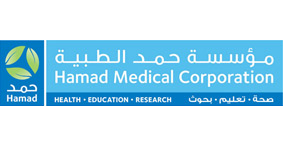Binge Eating
disorder (BED) is gaining significance in contrast with other common and better-studied
eating disorders such as Bulimia Nervosa (BN) and Anorexia Nervosa (AN). Part
of this, peaking in the significance of BED is accredited to the fact of
recognizing PED as a separate disorder, in addition to the continues updates in
the diagnostic criteria that have made the doctors job in diagnosing BED
easier. Kessler et al (2004), concluded that the ‘Lifetime prevalence estimates
average 1.0% for BN and 1.9% for BED across surveys. Range and inter-quartile
range (IQR;25th–75th percentiles) of lifetime prevalence
estimates across surveys are 0.0–2.0% (0.4–1.0%) for BN and 0.2–4.7% (0.8–1.9%)
for BED “. Moreover, the 12 months prevalence “estimates (IQR) average 0.4%
(0.1–0.3%) for BN and 0.8% (0.2–1.0%) for BED” Kessler et al (2004). These
results have demonstrated the importance of this disorder in the western
community compared to other common eating disorders.
Another
pattern that was noted in the recent studies conducted; showed; increase
prevalence among teens above the age of 17. Moreover, females are more likely
to engage the behavior of BED (Mustelin,
L et al, 2016).
Unfortunately,
no similar studies were conducted in the Arab region or even in the Middle
Eastern community. This study will try to discover the prevalence of this
increasingly recognized disorder and try to find the burden of such problem in
the Qatari society.
